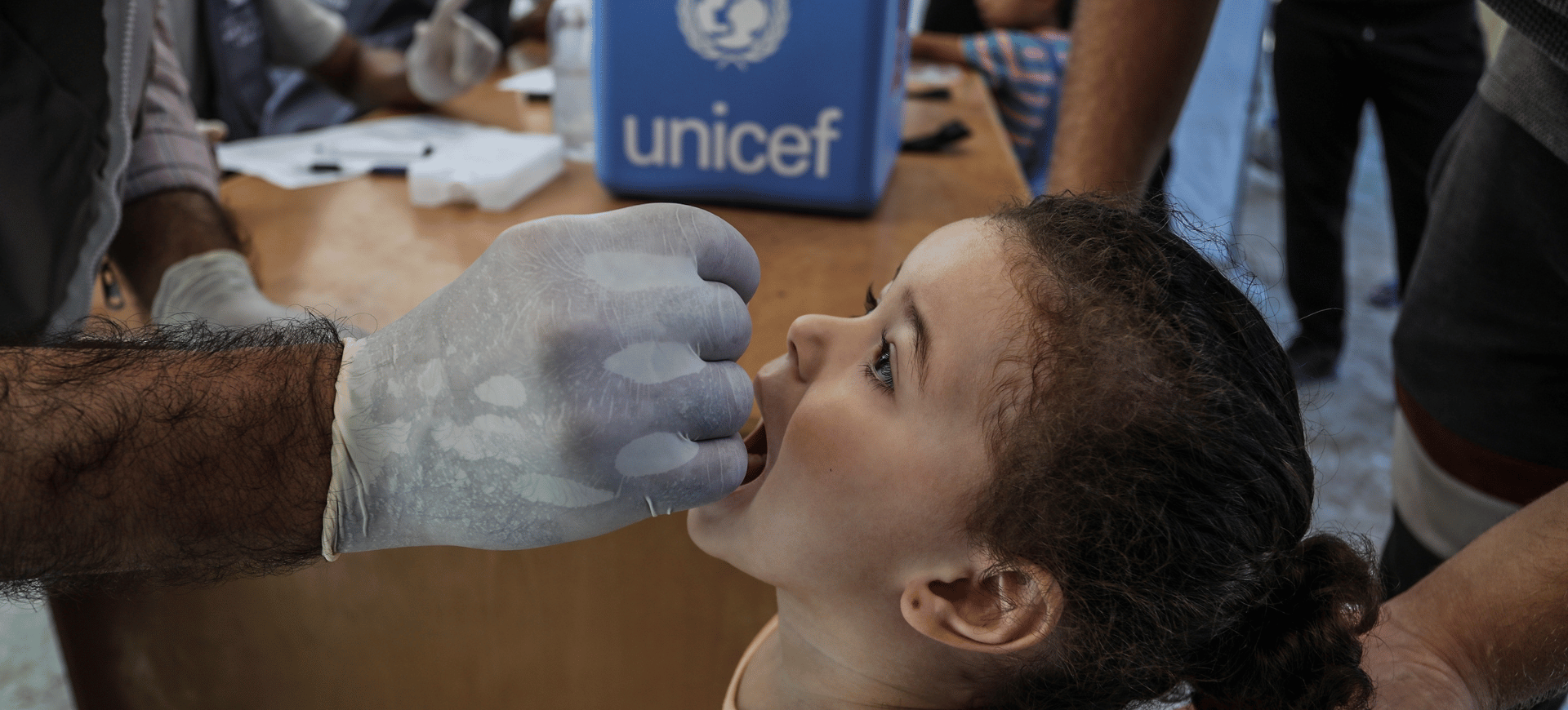Preventing child deaths in conflict and humanitarian settings is a political choice
Despite incredible progress in reducing preventable deaths, malnutrition and disease rates, there is still much further to go. We must keep up the momentum
I met two little boys in a drought-stricken area. In the short span of their two-year life, they had experienced historic drought followed by severe flooding that took the family’s crops, shelter and possessions and brought disease and hunger. When a community health worker visited the family, she found both boys sick and severely malnourished. She referred them to a hospital where they were treated with therapeutic food. When I saw them, they were well on their way to recovery.
These two toddlers are a testament to the effective interventions that we know save children’s lives. In fact, this year, the world marked a significant milestone in child survival, with under-five child mortality dropping to an unprecedented low of 4.9 million – a 50% decrease since 2000. But for far too many children I have met in places such as Afghanistan, the Democratic Republic of Congo, Haiti, Gaza and Yemen, their stories have the worst ending. Preventing child mortality in humanitarian settings is perhaps among our greatest global health challenge.
Relentless threats
Last year, countries characterised as fragile or conflict-affected accounted for about 25% of global live births but nearly 48% of global under-five deaths, on top of 64% of global maternal deaths. The disproportion is poised to widen even further. Today, almost one child in every five around the world is living in or fleeing from conflict. Wasting threatens the lives of 45 million children under age five, corresponding to about 7% of all children. Most of them are among the nearly 300 million people projected to need humanitarian assistance in 2024 due to factors including climate emergencies, conflicts, economic shocks and infectious disease outbreaks.
Children and mothers in these settings face relentless threats to their health and well-being. Many surviving children suffer from malnutrition, neglect and mental health issues including trauma and stress and are vulnerable to outbreaks such as cholera. They require not only individual interventions but also a comprehensive, crisis-sensitive approach across health, nutrition, sanitation and child protection.
UNICEF continually strives to enhance and expand partnerships to deliver essential services to children and mothers in humanitarian contexts. This effort demands that governments, conflict parties and influential actors uphold the rights enshrined in legal frameworks and international humanitarian law, ensuring the protection of children and civilian infrastructure during conflicts and crises, as well as the rights outlined in the United Nations Convention on the Rights of the Child. It also necessitates addressing the root causes of conflict.
Ensuring access to health and protection services, especially during emergencies, is crucial for reducing child mortality. The technical knowledge to prevent child deaths is well established. Vaccination campaigns and integrated health and nutrition interventions have saved millions of lives. The expanded immunisation programme has drastically reduced deaths from measles, pneumonia and diarrhoea, and polio has been eradicated by 99.9%. Child malnutrition has decreased by 45% since 1990. Last year alone, UNICEF and its partners reached over 550 million children, adolescents and women with programmes to prevent malnutrition in early childhood, including early prevention, detection and treatment for more than 9 million children suffering from wasting.
Prioritising health investment
Implementing these proven health interventions requires both political will and sustained investment. In a context of limited resources, it is vital to recognise that primary health care provides a $40 return for every $1 spent, and community health workers offer a tenfold return on investment. For this reason, UNICEF is advocating for prioritising primary health care at the community level as a critical investment in these settings.
Governments and leaders globally must do more to end preventable child deaths. Without increased efforts, approximately 35 million children could die before their fifth birthday by 2030, with at least 50% of these deaths occurring in fragile or conflict-affected settings if current trends persist. We know what it takes. There is no excuse for failing to take the prescription that has proven to work.












